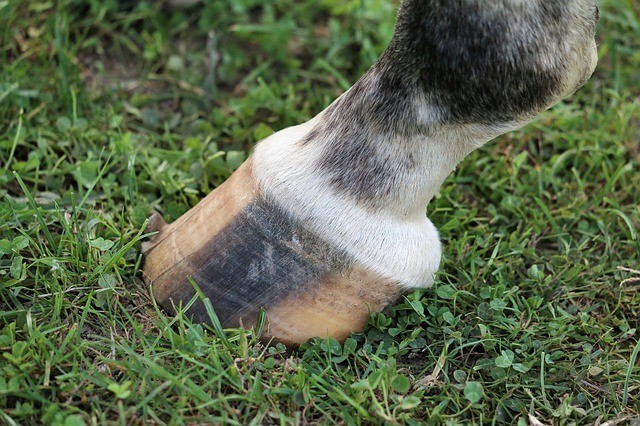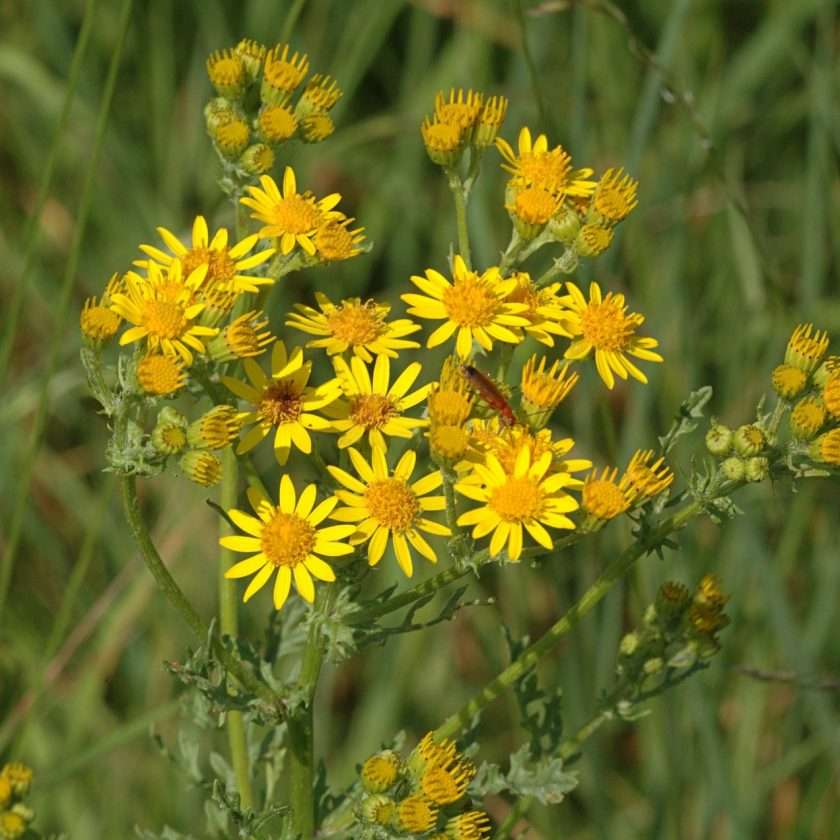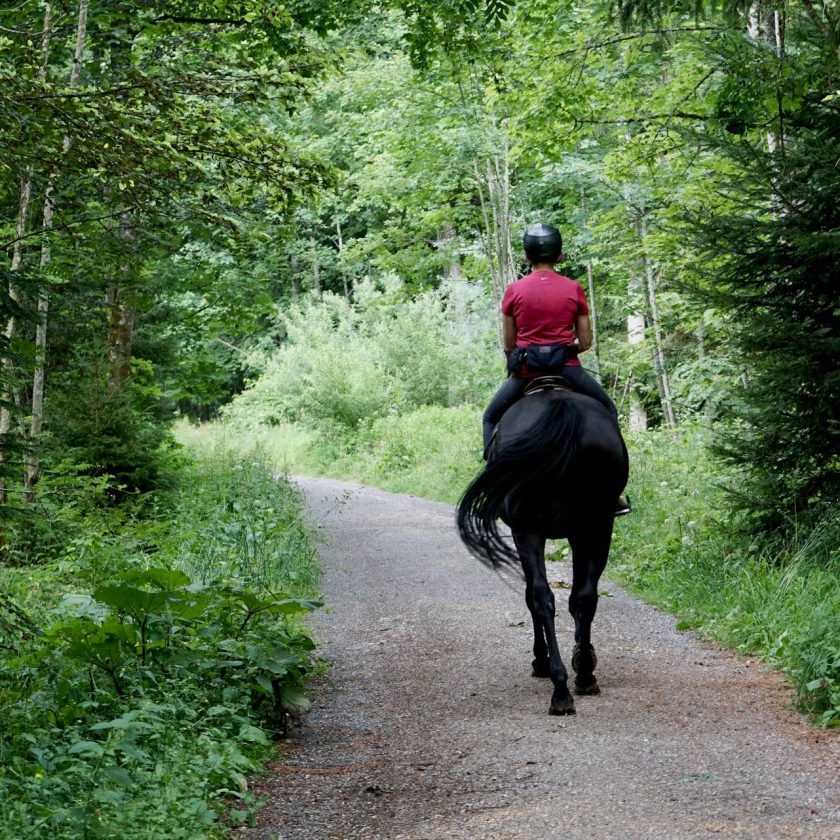Article 2 of 2
Here we follow on from our first article published from Dr Peter Kay on Optimising Hoof Care: The Importance of Hoof Moisture
Optimising Hoof Care: 3 Things You Didn’t Know Were Damaging Your Horse’s Feet
Despite endless visits from the farrier, maintaining the condition of our horse’s feet may seem like a never-ending battle. Yes, the farrier can rebalance and correct the shape of our horse’s feet. However, despite their talent, they cannot optimise the moisture content of the hoof wall, which often results in hoof wall damage, without the owner’s help.
Exercise Surfaces
Maintaining the protective surface of the hoof wall is a difficult task. It can be made harder by exercising horses on rough surfaces, such as sand and gravel. These rough surfaces easily remove the protective layer, known as the stratum tectorum. Reducing work on these surfaces and opting for work on softer surfaces are useful to maintain the hoof wall protective layer. Synthetic surfaces or grass are good alternative exercise surfaces, which do not scrub away the hoof’s protective layer.
Farrier Technique
Farriers work hard and must do what is necessary to keep our horse’s feet in top shape. The techniques they carry out are vital to protect our horse against lameness and discomfort. However, although their work is required, it can be detrimental to the protective layer of the hoof which controls moisture content.
The renowned farrier, Charles Watson, stated in his book ‘The Principles and Practices of Horse Shoeing’that; “Care should always be exercised by the farrier never to remove any of the periople (stratum tectorium).” However, today, many farriers finish off the shoeing process by rasping the hoof wall. Noting the damaging effects of rasping, the practice is becoming less used.
Also, through the shoeing process, the old nail holes that may remain after new shoes are fitted contribute to unnatural moisture gain or loss from the lower regions of the hoof wall. The lower regions of the hoof wall are also unprotected from excessive moisture gain or loss as a consequence of extended exposure of the hoof wall to abrasive conditions. As it takes about a year for the hoof wall to be replaced, the lower regions of the hoof wall are exposed to abrasive conditions for around a year.
Show Preparation
Scrubbing the dirt from our horse’s hooves can also be detrimental to the hoof’s protective barrier. In preparation for a show, owners often scrub the dirt from their horse’s hooves, however they also strip the protective layer too. The use of chemical solutions, used to help remove dirt, can also disrupt the hoof’s natural protective layer.
Instead of scrubbing with harsh brushes and using chemical solutions to dissolve dirt from horse’s hooves, more gentle practices should be encouraged. Wiping the hoof with a softer brush or cloth, in addition to using water only, will help maintain the protective layer.
How Can We Protect Hoof Health?
In addition to the application of alternative show preparation techniques and exercise surfaces, recent research has made it possible to form a new protective layer for the hoof wall. In the past, removal or damage to the hoof wall’s protective layer could not be fixed. However, Pro-Stratec, developed by Dr. Peter H Kay has solved the problem. Pro-Stratec is a rapid drying non-toxic aerosol spray which can be directly applied to the hoof wall, replicating the lost protective layer.
Pro-Stratec also helps to maintain optimum moisture content of the hoof wall by penetrating and sealing old nail holes.
ProStratec enables horse owners to maintain their horse’s feet in optimum condition throughout all conditions.
The developer of Pro-Stratec, Dr. Peter H Kay can be contacted by email on peterhkay@gmail.com






